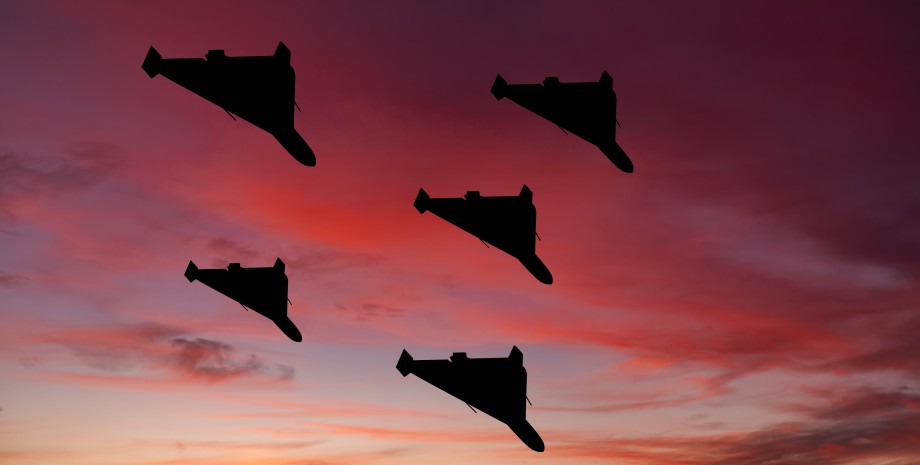
 By Victor Duda
By Victor Duda
Andriy Shtepa, co -owner of Airunit, developer and supplier of leading decisions in the field of use and counteraction of UAV, told focus how dangerous it is and what can be opposed. First of all, he noted that no Russian air strike in the territory of Ukraine is possible without intelligence, that is, the work of enemy intelligence drones, agents and satellites.
The number of "Shahaneda" and rockets is limited, so the enemy must think carefully about the goals to defeat such high -precision weapons. Shahaneda's main danger is its cheap, powerful combat part, well -tuned inertial navigation system. In addition, the Russians began to launch many drones without explosives that mimic the "chema" and are intended for depletion of Ukraine's air defense during massive attacks.
One of the latest attacks consisted of 188 UAVs, apparently, most of them were just such false targets. They are much cheaper than Shahda, but they are difficult to distinguish. You might think that a large number of UAVs that have been launched at the same time are the "swarm", but in fact the term combines different approaches, so it is worth specifying.
Andriy Stepa suggested considering the "swarm" as a group of drones that coordinate their actions autonomously or through centralized management to achieve a common goal. UAV groups, real -time -managed or through artificial intelligence, can significantly increase the efficiency of attacks. Swar drones can exchange real -time information by adjusting the route and distributing goals.
This will allow the air defense systems to bypass part of the aircraft for distraction and the other - to key objects. In manual mode, this allows, for example, to change the flight program, goals, modes and height. The swarm is able to attack several objects at the same time, overloading the air defense.
It is known that the Russian Federation has long been experimenting with Shahaneda control systems in real time, these UAVs have found LTE models, cameras of different types that require retranslators, satellite equipment, even Starlink. Andriy Stepa noted that these remedies did not get mass. "All I see now is the experiments of the enemy. Some of them are more successful, others - less. Only experimenting, there is an opportunity for development.
But, in my opinion, all these attempts with already known experiments will not move further, because they have been suffered failures during combat trials, "he says. Switches based on artificial intelligence are quite complex technology.
It requires the development of software, the availability of complex equipment: processors or neural network modules for processing data on board each drone, reliable communication channels with repeated retranslators capable of transmitting signals over long distance. Cheapness is an important advantage of Shahaneda as a type of weapon, and swarm technologies will increase the cost of their production.
Hypothetically, drones will be more expensive and less massive, because the work of swarms requires special chips and computing resources that can be lacking in Russia due to economic restrictions. Another factor: swarms need protection against HRB, and such systems are complex and expensive. "We see that despite the sanctions, Russians are still able to buy double -purpose goods smuggling through third countries.
In addition, they can use some civil chips, masking them for non -war goals," said Andrei Stepa. It is obvious that the installation of sub -chips will increase the cost of "shamed". According to Andrew Steppe, a swarm of drones is a rather vulnerable technology, because it cannot work without a relaying station in the form of a ground station or drone like Zala or Lancet. Without such a shakhada communication, they will not be able to work coordinated in groups.
"There must be a drone or ground -based signal. , and immediately the system of combat will be built. Usually, the swarms of drones require signal transmitters, and therefore "Shahda" with such systems can be exposed to the means of EW. In addition, you can some extent deceive the artificial intelligence itself, such as blinding laser sensors. "However, we are currently unknown to us to use this technology in real combat conditions.
We need to understand how swarms will work to develop an effective set of tools," Airunit commented. All classical methods are partially assisted: camouflage, false goals, fire damage and more. They are also used without AI. Most likely, in the case of launching of drones, Ukrainians need to apply a set of various measures. As already mentioned, technology depends on the import of high -performance chips that Russia can buy through third countries, the media has repeatedly revealed such schemes.










All rights reserved IN-Ukraine.info - 2022